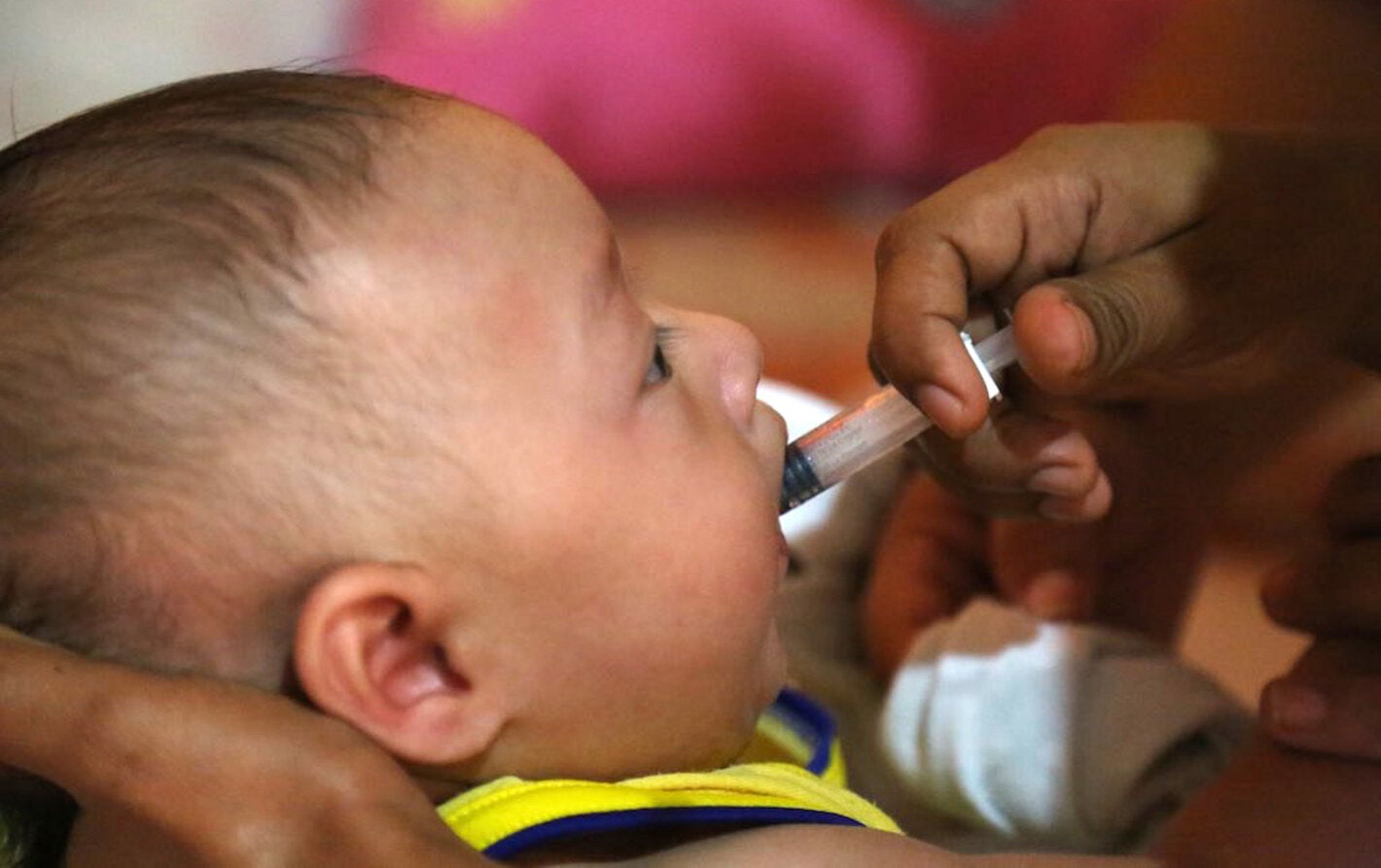
Washington, D.C., September 29 (PAHO) – Following declining levels of polio vaccination and surveillance across the region, and the recent confirmation of circulation of the poliovirus in the state of New York, health authorities in the Americas passed a resolution today to prioritize polio mitigation plans, including actions to increase vaccination and surveillance and to ensure adequate preparedness for a possible outbreak.
The document was adopted unanimously during the 30th Pan American Sanitary Conference, which brings together ministers and other health authorities in the Americas to decide on public health priorities and responses to current health challenges.
The resolution called on countries to engage civil society, community leaders, non-governmental organizations, the private sector, academic institutions, and other stakeholders to advance and work in a coordinated manner to keep the Region polio-free.
Countries asked the Pan American Health Organization (PAHO) – as the health agency for the Americas and World Health Organization (WHO) Regional Office for the region – to provide technical cooperation and promote collaboration among Member States in the development, implementation, and monitoring of polio risk mitigation and preparedness plans. Countries were also requested to report to PAHO the progress made as well as the challenges faced in the implementation of efforts to curb polio in the region.
Polio, which can spread quickly among communities with insufficient vaccination coverage, is not treatable but fully preventable with vaccines. Yet, vaccination coverage has fallen below 80% in nearly all countries of the Americas in the past years, and 12 countries in the region are at very high or high risk of experiencing an outbreak. The recommended vaccination coverage to prevent the reintroduction of the virus is 95 percent.
Prior to the confirmation of vaccine-derived polio circulation in the state of New York, United States, PAHO had issued an alert to Member States to remain vigilant and to take measures to proactively reach out to unvaccinated populations, as well as to increase the surveillance of acute face paralysis – an indicator of the circulation of polio.
In 1994, after the concerted efforts by countries with the support by PAHO, the Region of the Americas was the first in the world to be certified polio-free by WHO.



